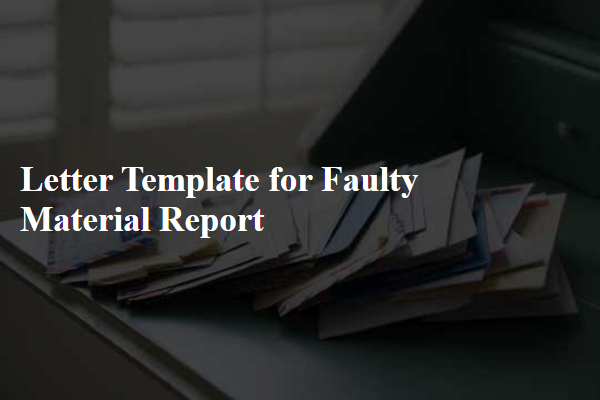When embarking on a construction project, understanding the potential risks that contractors face is crucial for ensuring safety and efficiency. An effective contractor risk assessment can help identify and mitigate these risks before they turn into costly issues down the line. By systematically evaluating factors such as compliance, safety protocols, and project timelines, stakeholders can create a more secure work environment. Ready to dive deeper into the essentials of contractor risk assessments? Let's explore this topic further!

Accurate project description
A contractor risk assessment involves evaluating various potential hazards associated with specific construction projects, such as renovating historical buildings in downtown Charleston, South Carolina, or building high-rise apartments in urban areas like New York City. Essential details include project duration, estimated costs (for instance, $500,000 for minor renovations or upwards of $5 million for large-scale constructions), and the number of workers involved (ranging from a handful of specialized craftspeople to over a hundred laborers). Risks may include environmental factors, such as inclement weather disrupting timelines, regulatory compliance issues tied to local building codes, and safety hazards related to heavy machinery usage or working at heights. Other factors may encompass subcontractor reliability and material supply chain delays, with deadlines impacting project completion and financial viability. Understanding these aspects aids in identifying and mitigating risks effectively, ensuring timely and safe project execution.
Comprehensive risk identification
In a comprehensive risk assessment for contractors, identifying potential hazards is crucial for maintaining safety. Key factors include on-site activities, such as construction operations in urban areas, which may lead to risks involving heavy machinery (e.g., cranes, bulldozers). Environmental conditions, such as extreme weather (temperatures below -10 degrees Celsius or above 40 degrees Celsius) may pose risks to worker safety and project timelines. Additionally, assessing compliance with safety regulations from organizations like OSHA (Occupational Safety and Health Administration) is essential. Financial risks, including project overruns exceeding 15% of the initial budget, require monitoring to mitigate potential losses. Lastly, ensuring proper insurance coverage, such as general liability up to $1 million, is vital for protecting both contractors and clients from unforeseen incidents.
Mitigation strategies and action plans
Effective contractor risk assessment requires well-defined mitigation strategies and actionable plans. Identifying potential hazards such as safety risks associated with construction sites (often leading to accidents or injuries) is crucial. Implementing safety training programs for workers, particularly on sites like high-rise buildings or infrastructure projects, can significantly reduce incidents. Regular safety audits, conducted monthly or quarterly, help ensure compliance with regulations from agencies like OSHA (Occupational Safety and Health Administration). Establishing a clear communication plan to address potential on-site emergencies, along with designated safety officers, enhances responsiveness. Thorough vetting of contractor qualifications and insurance coverage reduces liability risks. Documenting procedures and review processes ensures continuous improvement in safety protocols, ultimately protecting both personnel and the project's integrity.
Contractor qualifications and certifications
Evaluating contractor qualifications and certifications is crucial for ensuring compliance and safety standards in construction projects. Valid licenses and insurance coverage protect both parties, especially in regions like California, where legal regulations are stringent. Certifications such as OSHA (Occupational Safety and Health Administration) training reflect a contractor's commitment to safety practices. Specialized qualifications, like LEED (Leadership in Energy and Environmental Design) accreditation, indicate expertise in sustainable building practices. Moreover, verifying previous project experience (typically, projects completed within the last five years) allows for assessing a contractor's suitability for specific tasks. Maintaining updated records of all certifications and qualifications fosters accountability and decreases liability risks.
Compliance with legal and safety standards
Contractor risk assessment involves ensuring compliance with various legal and safety standards, which include OSHA regulations and local safety codes. Adherence to these guidelines safeguards worker safety on construction sites like high-rise buildings and industrial facilities. Companies must regularly conduct safety audits, assess potential hazards such as electrical risks or falling objects, and implement mitigation strategies to minimize risks. Documentation, such as safety training records and equipment inspections, is crucial in demonstrating compliance. Furthermore, failure to comply with legal requirements can result in penalties ranging from fines to project shutdowns, highlighting the importance of maintaining rigorous safety protocols throughout the project lifecycle.
Letter Template For Contractor Risk Assessment Samples
Letter template of contractor risk assessment for event management services

Letter template of contractor risk assessment for manufacturing suppliers












Comments